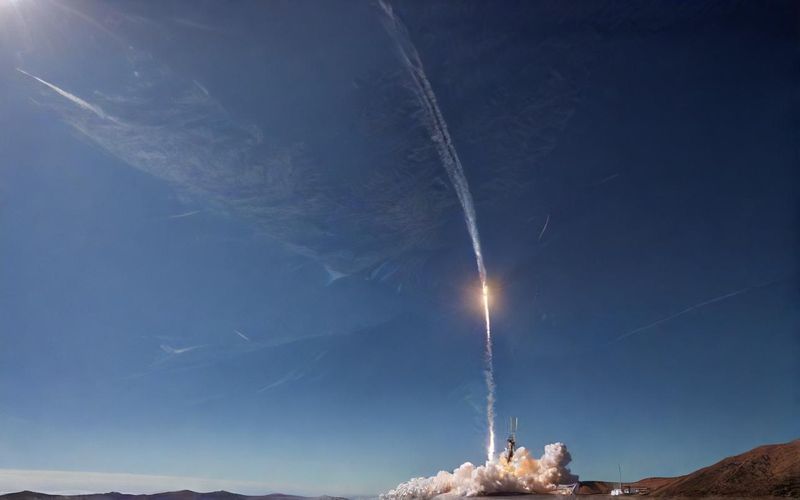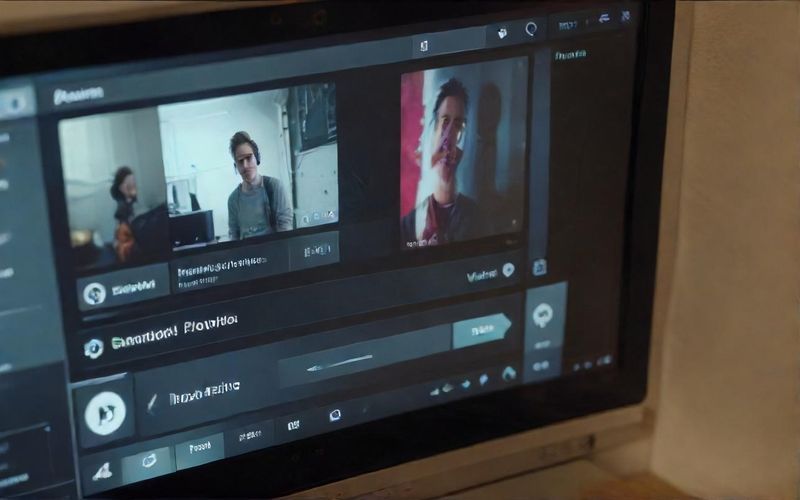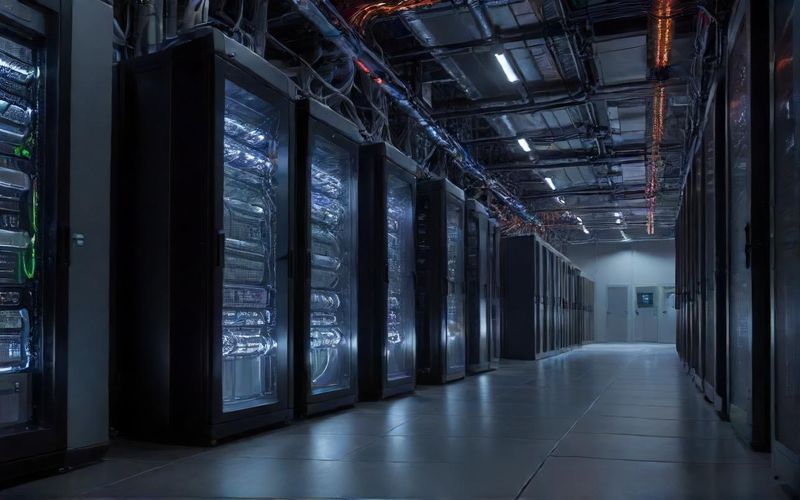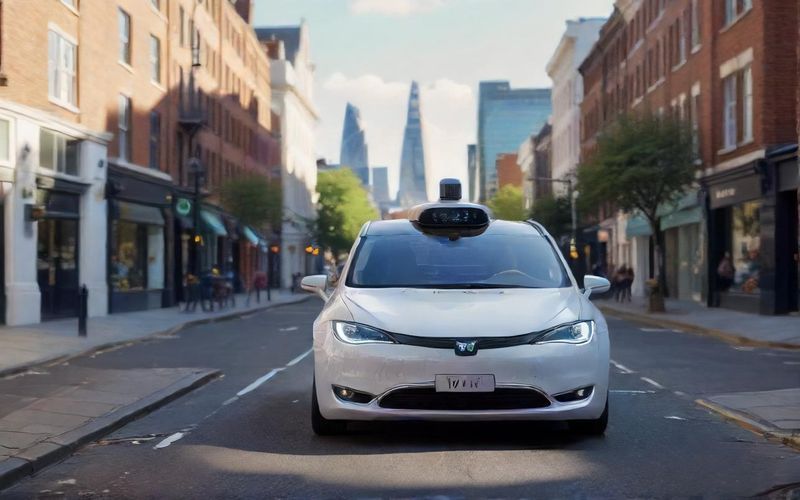SpaceX launches 24 Starlink satellites tonight
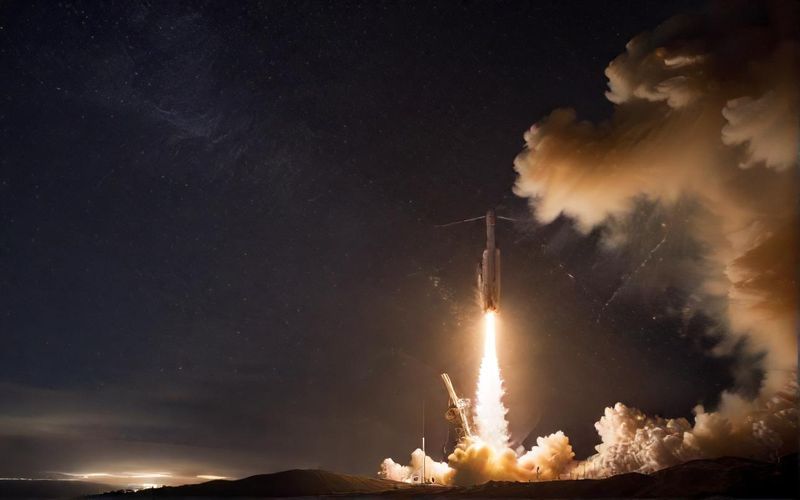
As reported by Spaceflight Now, the Starlink 17-11 mission is scheduled to lift off at 9:26 p.m. PDT. It’s fascinating to consider that this particular rocket, booster B1082, is already on its 16th flight. Think about that – this rocket has already been to space and back multiple times, a true veteran. The fact that SpaceX can reuse these boosters so effectively is a game-changer, reducing costs and allowing for this rapid cadence of launches. Once these satellites are deployed into low Earth orbit, they’ll join the growing Starlink constellation, aiming to provide broadband internet access. It’s not just about connecting people on Earth; as Article 3 points out, these satellites also play a role in enhancing Department of War communications, highlighting a dual purpose for this expansive network.
What strikes me is the sheer volume of activity. We’re talking about the 475th launch of a flight-proven booster and the 540th overall Falcon 9 launch. It's easy to get accustomed to these milestones, but each one represents an incredible feat of engineering and human effort. Even the booster landing, an autonomous touchdown on the drone ship Of Course I Still Love You, is a moment worth pausing for. If successful, it will mark the 153rd landing on that particular vessel. It makes you wonder, what will these ongoing Starlink deployments mean for global connectivity in the coming years? And will we ever get tired of watching those boosters land themselves?
